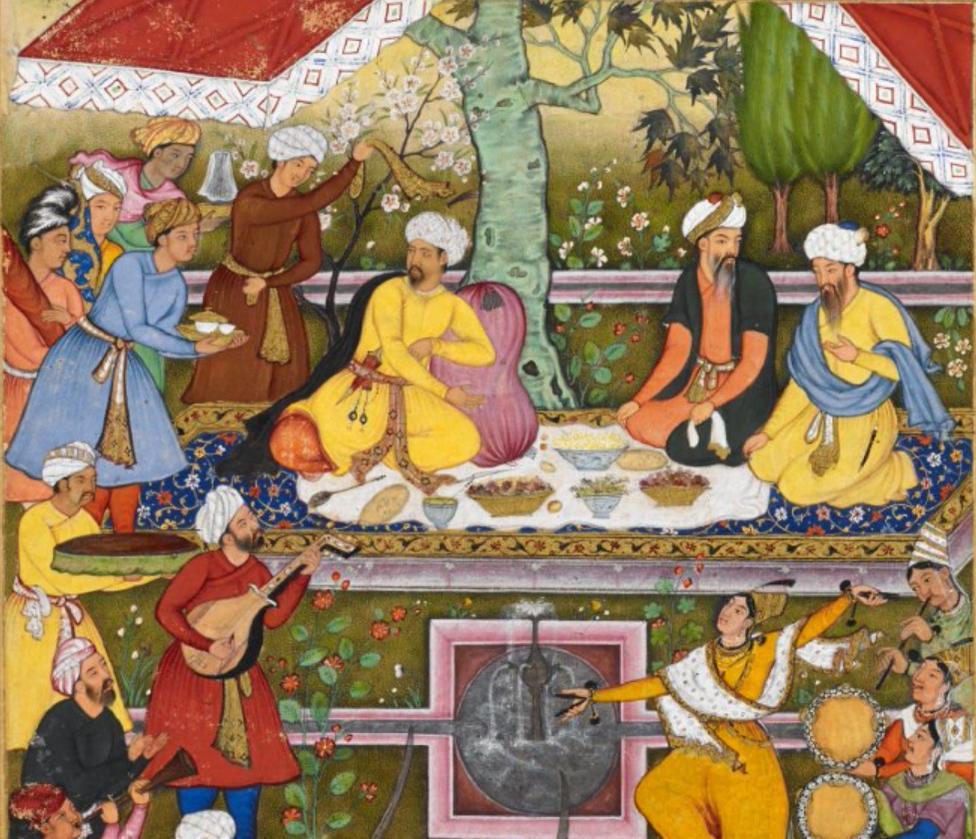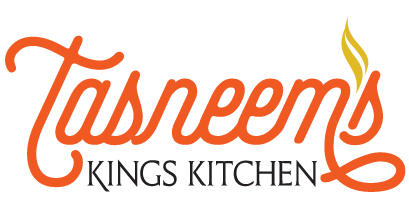So what’s a Korma?
Indian food, especially Mughlai is popular across the world. But even though Mughlai cuisine is widely enjoyed, is it really understood? The cooking techniques such as “dum” and the culinary terms such as Korma, Bhunao, Bharta, Baghar, Bukhara, Dhungaar, Tawa and Talna are sometimes lost in translation.
Culinary terms are very essential in the world of cooking. To become a skilled chef, first one needs to learn the technical vocabulary (language) of culinary arts. Cooking is an art of creating something consumable as well as delicious. Thus it is very essential to know the basic terms that are used in cooking and also the process. In this blog, I would like to highlight what’s Korma is all about and its origins.
Korma is a dish originating in the  Indian subcontinent consisting of meat or vegetables braised with yogurt or cream, water or stock, and spices to produce a thick sauce or glaze.
Indian subcontinent consisting of meat or vegetables braised with yogurt or cream, water or stock, and spices to produce a thick sauce or glaze.
The English name is an anglicisation of Urdu, more accurately transliterated qorma and derived from a Turkic root
The word korma is derived from Urdu qorma, korma or kormah, meaning “braise”, and referring to the cooking technique used in the dish. All these words and the names of dishes such as ghormeh (Persian language), the Azerbaijani qovurma or kavarma are ultimately derived from a Turkish language word qawirma meaning “fried thing”.
The Indian korma is, however, possibly unrelated in a culinary sense to the modern Turkish kavurma or to some other dishes using the same root word, as they use widely varying techniques and ingredients.
Korma has its roots in the Mughlai cuisine of the Indian subcontinent. A characteristic Mughal dish, it can be traced back to the 16th century and to the Mughal incursions into the region. Kormas were often prepared in the Mughal court kitchens, such as the famous white korma, perhaps garnished with vark, said to have been served to Shah Jahan and his guests at the inauguration of the Taj Mahal.
Classically, a korma is defined as a dish where meat or vegetables are braised with yogurt, cream or stock added. The technique covers many different styles of korma. The flavour of a korma is based on a mixture of spices, including ground coriander and cumin, combined with yogurt kept below curdling temperature and incorporated slowly and carefully with the meat juices.
Traditionally, this would have been carried out in a pot set over a very low fire, with charcoal on the lid to provide all-round heat. A korma can be mildly spiced or fiery and may use lamb, goat meat, chicken, beef or game; some kormas combine meat and vegetables such as spinach and turnip. The term Shahi (English: Royal), used for some kormas indicates its status as a prestige dish, rather than an everyday meal, and its association with the court.
In my next update, I will post a unique Shahi Korma recipe. Do watch this space for more insights into culinary delights from the royal kitchens of India.


Comments are closed.